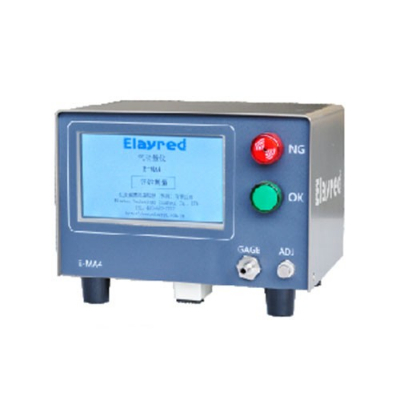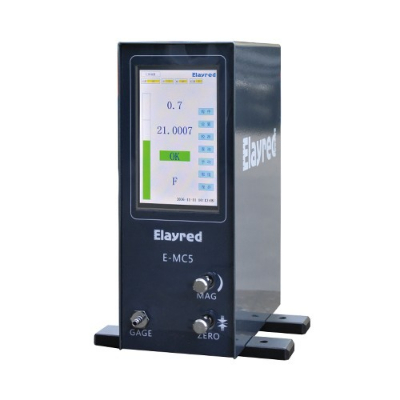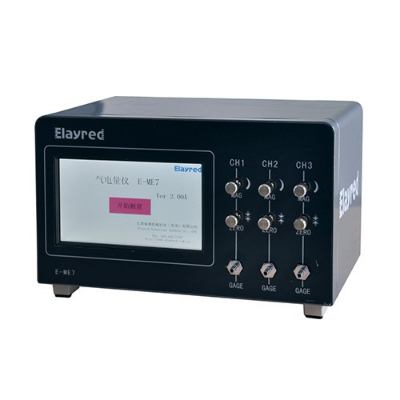The Taylor principle states that the operating size of a hole or shaft must not exceed the maximum physical size.For holes, the acting size shall not be less than the minimum limit size; For shafts, the size of the action should not be greater than the maximum limit size. At the same time, the actual size at any position shall not exceed the minimum physical size, the local actual size of the hole shall not be greater than the maximum limit size, and the local actual size of the shaft shall not be less than the minimum limit size.


Model:E-MA4; Measuring range:±25μm,±50μm; Resolution:0.1/0.2/0.5/1.0; Total error:2%; Number of channels:Single; Measuring function:MXMNMNIAN-AMIN2

Model:E-MC5; Measuring range:±25μm,±50μm; Resolution:0.1/0.2/0.5/1.0; Total error:≤0.3μm; Number of channels:Single; Measuring function:MXMNMNIAN-AMIN2

Display screen:7Inch; A/E:EA-2; Accuracy:≤0.3μm Resolution:0.1/0.2/0.5/1.0 Unit:μm/mm/inch